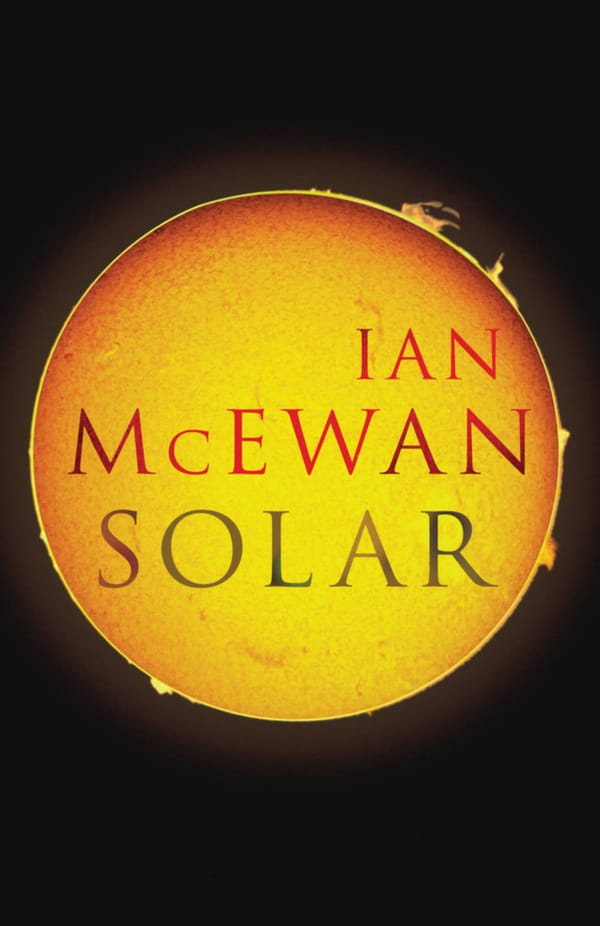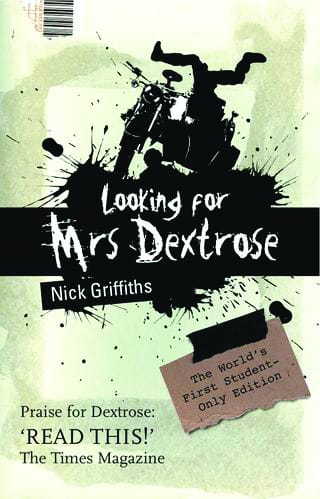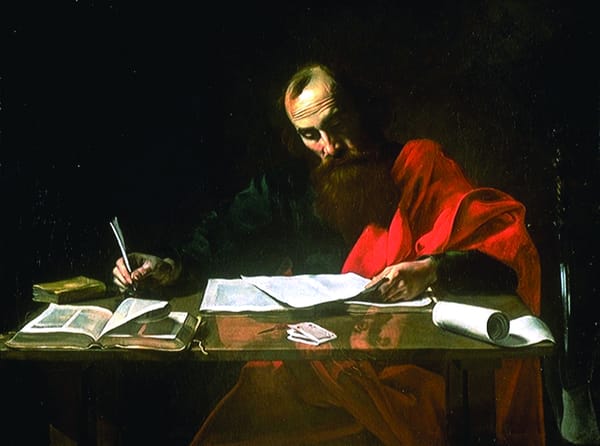Artifact
Students from Imperial and the Royal College of Art team up in daring collaboration. Meredith Thomas reports
An artist and a scientist walk into a bar. They find each other incomprehensible and mysterious and fail to have a meaningful conversation. They leave vowing never to move out of their comfort zone again. Not really funny is it? Before I continue, I must declare an interest in writing this article. I am involved in organising collaboration between Imperial College and the Royal College of Art (probably the UK’s premier post-graduate school of art). This daring plan is codenamed Artifact. But more on that later...
It is almost a truism that the worlds of art and science are totally isolated from each other; isolated by their collective rolls, methodologies and goals. In my belief this is symptomatic of a dangerous lack of understanding between these two vital components of a functional and vibrant culture. Studying, as we do, in a university exclusively dedicated to science and engineering it is easy to forget that there are other modes of thought, just as necessary and valid. There is even a degree of hostility directed towards other areas. During the debate over higher education funding I heard a number of colleagues angrily question why degree subjects, other than the sciences (and grudgingly law) received funding at all when they “gave no benefit to society”. A particular hatred was reserved for degrees like fine art. The lack of understanding swings both ways. I once fell out badly with a friend who claimed that “my relentless logic left me dead to the dead to beauty and spirituality”. For the health of our friendship we now avoid discussion of all philosophical matters.
As an engineer with a strong interest in the arts I feel compelled to challenge these attitudes. Yet it is hard to deny that a real gulf exists. I would love to argue that the distinction we make between “geeky types” and “arty types” is a false one, but I do not believe that in all honesty I can. In my experience there is a genuine difference in patterns of thought. As scientists, we are trained to be ruthlessly rational and filter everything we observe and conclude through a strictly logical framework. In contrast art graduates have been taught to develop their intuition and exhibit heightened sensitivity to the subtleties of emotion and aesthetic. Being used to thinking in a particular way makes it very difficult for one group to understand the work of the other unless pains are taken to make it particularly accessible. This is a generalisation, there are plenty of individuals and even institutions who bridge the gap but they are the exception rather than the rule.
So given these problems, what does Artifact hope to achieve? I have already suggested that the culture clash can cause hostility but I think there is a greater danger; that of missed opportunities. When science and art come together some pretty spectacular things can happen.
The mysterious world of research and the insights it offers frequently serves as inspiration for artists. You may have spotted the work of Helen Pynor, creator of ‘Headache’ (Felix No#1479). Here an artist, so affected by contact with Imperial’s very own Dr Dexter, went on to produce a piece dedicated to exploring brain diseases. In my view the controversy surrounding her use of a human brain unfairly distracted the public from a good news story. A respected contemporary artist and a top researcher were working together to raise public awareness of multiple sclerosis and Parkinson’s disease in a thoroughly laudable and effective manner.
Examples of art inspiring science are undoubtedly harder to come by. However the arts in general can certainly provide a driving force for research. An example of this is the reactive dyes now available to fashion designers. A lot of the finance and motivation for advances in this area has come from the fashion industry. I recently spoke to a textiles designer working with our chemistry department to develop CO2 reactive inks. Clothes made from these fabrics blacken in atmospheres with high emissions; clearly a spectacular way to highlight environmental concerns.
Artifact has taken its cue from another example of people from different worlds exhibiting a total inability to understand each other, men and women. A speed dating event took place last term with Imperial and Royal College of Arts students and staff invited. The mark of a successful match, was not romance, but an eagerness to work together on a collaborative project. The fruits of these partnerships, drawing on the strengths of both parties will grace the walls of The Blyth Gallery this September. Through the collaboration we hope not only to give people a glimpse into life on the other side but to develop real dialogue between members of these two institutions.








